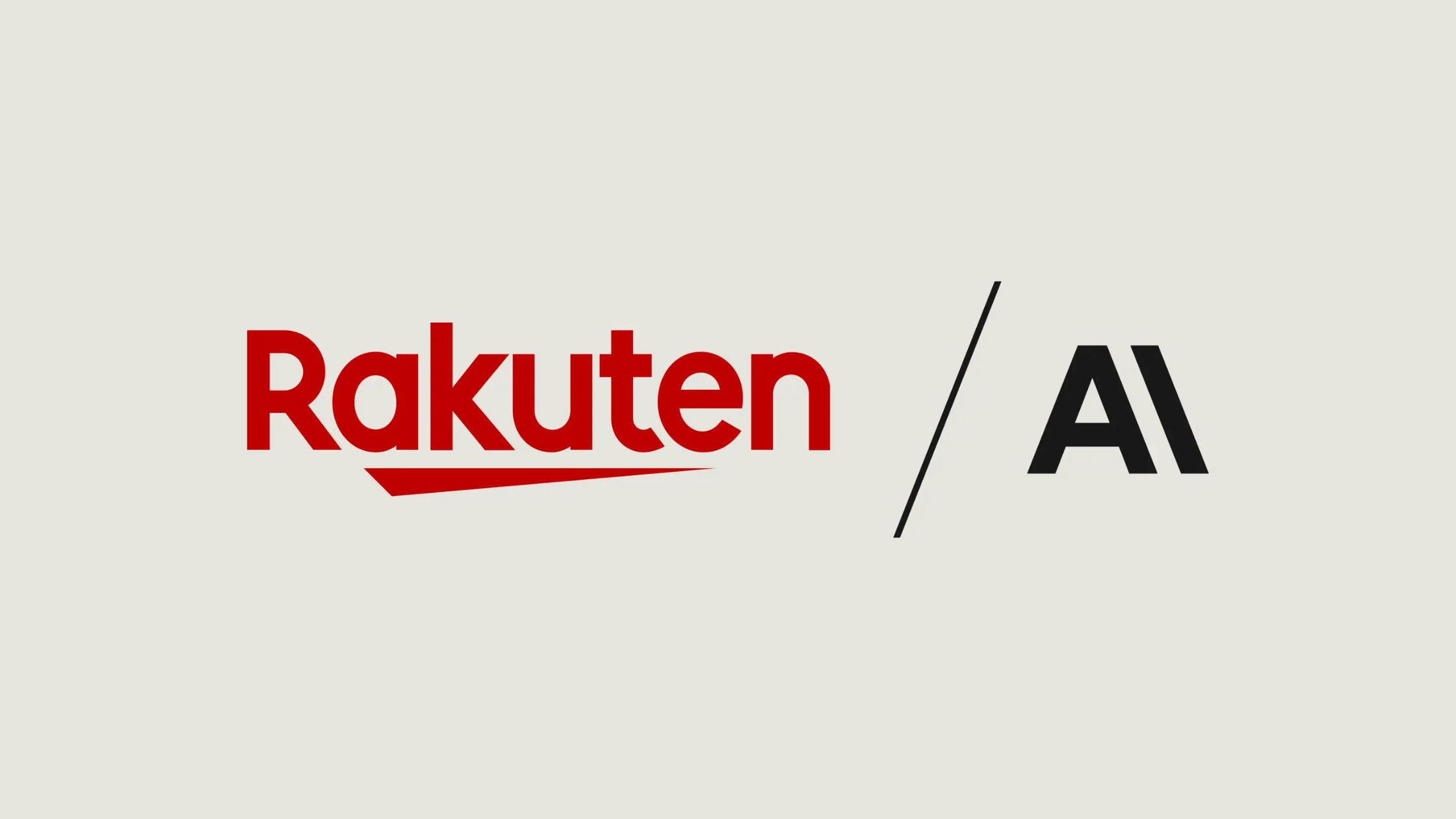In the race to scale AI inside large organizations, Rakuten isn’t just experimenting — it’s rewriting the rules. And it’s doing it with Claude Code.
The Japanese tech giant, which operates everything from e-commerce and fintech to digital content and mobile networks, has fully embraced Anthropic’s Claude Code as the foundation for how its engineers build, test, and ship software. But this isn’t a standard AI integration. Rakuten is using Claude not just to speed up coding — but to transform how entire teams work.
With development timelines shrinking from 24 days to just 5, the company says this AI integration has changed how innovation moves across departments. And for Rakuten, time to market is the only metric that matters.
Claude Code Is Doing the Work of Full Teams in Hours
One moment proved pivotal. A machine learning engineer at Rakuten gave Claude Code a dense, multi-language open-source task from the vLLM repository. Normally, this type of job would take a team days. Claude Code finished it in seven hours — autonomously — with nearly perfect accuracy.
No lines of code were written manually. Just oversight and occasional nudges. And once the team saw the results, internal demand for Claude skyrocketed.
This wasn’t AI as a helper. This was AI as an extension of the engineering team.
AI-Nization at Scale Is More Than Just Speed
Rakuten’s strategy isn’t just about automation. It’s about AI-nization — building systems from the ground up that integrate AI into every layer of development.
Claude Code isn’t just writing code. It’s:
- Generating test cases and documentation
- Mocking APIs
- Debugging broken features
- Onboarding new team members by walking them through legacy codebases
One senior ML engineer even credited Claude with reshaping his approach to development. “It basically taught me to work in a test-first way,” he said. “And it made me faster, more confident, and better at my job.”
Parallel Development and Non-Engineers in the Code
What makes Rakuten’s use of Claude Code different is how broadly it’s being deployed.
Non-engineers are now contributing to codebases by using Claude in terminal environments — feeding it structured instructions and context, then reviewing outputs without writing a single line themselves.
Meanwhile, developers are running parallel sessions of Claude — handling multiple tasks at once — something that would normally be blocked by bandwidth, priority queues, or human fatigue.
Rakuten is already planning a new agent that runs 24 Claude Code instances at once to overhaul its massive internal monorepo. What would take a month manually could soon be done in a few days.
Time to Market Is the Real KPI
Rakuten leadership is blunt about how they measure AI’s value. It’s not about hype, model benchmarks, or even cost savings.
It’s about how fast new features reach customers.
Since adopting Claude Code, time to market has dropped by 79 percent. And that’s not just impressive — it’s strategic. In a company with more than 70 business units, every day shaved off a product cycle compounds downstream.
“Claude Code gives us those superpowers,” said Manoj Desai, manager of Rakuten’s AI Empowerment Section. “It lets us move faster and smarter.”
Rakuten Is Proving What Enterprise AI Can Actually Do
While most enterprises are still running pilots or debating the ethics of AI, Rakuten has already shifted how development happens at scale. They’re not treating AI as a co-pilot. They’re building their workflows around it.
With Anthropic’s Claude Code, Rakuten is showing that AI-assisted coding isn’t a future scenario — it’s a current competitive advantage.
And if the rest of the enterprise world is paying attention, they’ll see what’s possible when AI is trusted not just to think — but to build.


